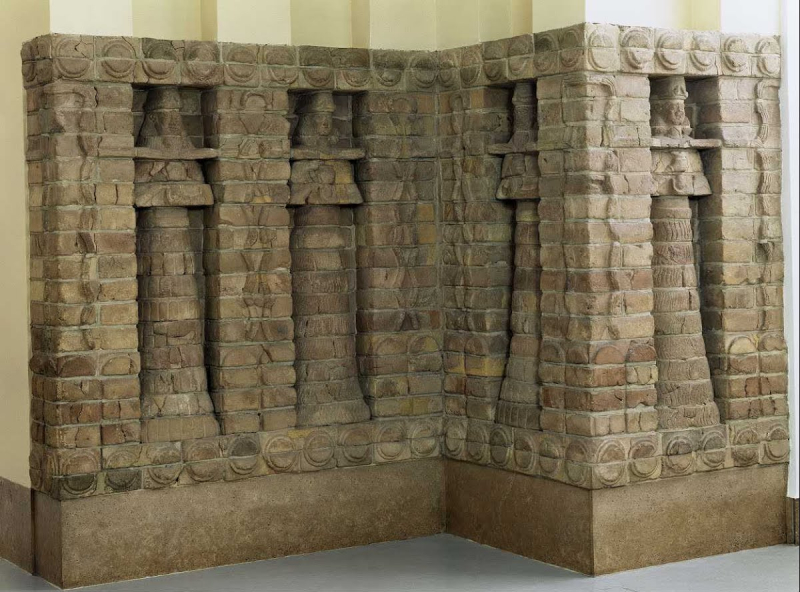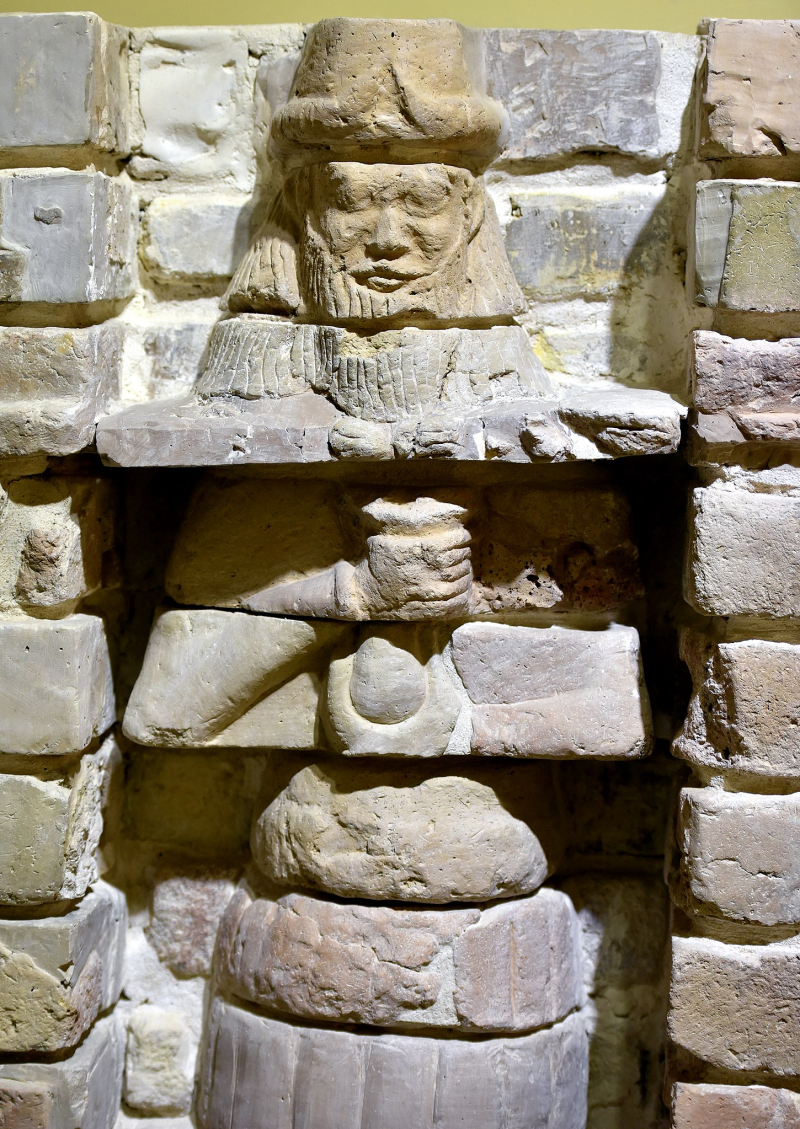She became one of the most widely venerated deities in many of the cities of Ancient Mesopotamia
One of the most interesting facts about Ancient Mesopotamia Goddess Inanna is that she became one of the most widely venerated deities in many of the cities of Ancient Mesopotamia.Inanna amalgamated with the Akkadian goddess Ishtar, who was linked with the city of Agade, during the Old Akkadian period. A hymn from the time refers to the Akkadian Ishtar as "Inanna of Ulma," along with Inanna of Uruk and Zabalam. Sargon and his successors supported Ishtar's worship and syncretism between her and Inanna, and as a result, she swiftly became one of the most widely adored deities in the Mesopotamian pantheon. Ishtar is the most commonly invoked divinity in the inscriptions of Sargon, Naram-Sin, and Shar-Kali-Sharri.
Her principal cult centers in the Old Babylonian period included, in addition to the aforementioned Uruk, Zabalam, and Agade, Ilip. Her worship was also introduced to Kish from Uruk. While her cult in Uruk flourished later, Ishtar became primarily worshipped in the Upper Mesopotamian kingdom of Assyria (now northern Iraq, northeast Syria, and southeast Turkey), particularly in the towns of Nineveh, Aur, and Arbela (modern Erbil). Ishtar rose to become the most significant and universally worshipped divinity in the Assyrian pantheon under the reign of Assurbanipal, surpassing even the Assyrian national god Ashur. Votive items discovered in her principal Assyrian temple suggest that she was a popular female divinity.











